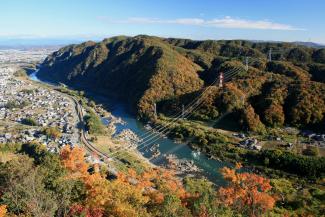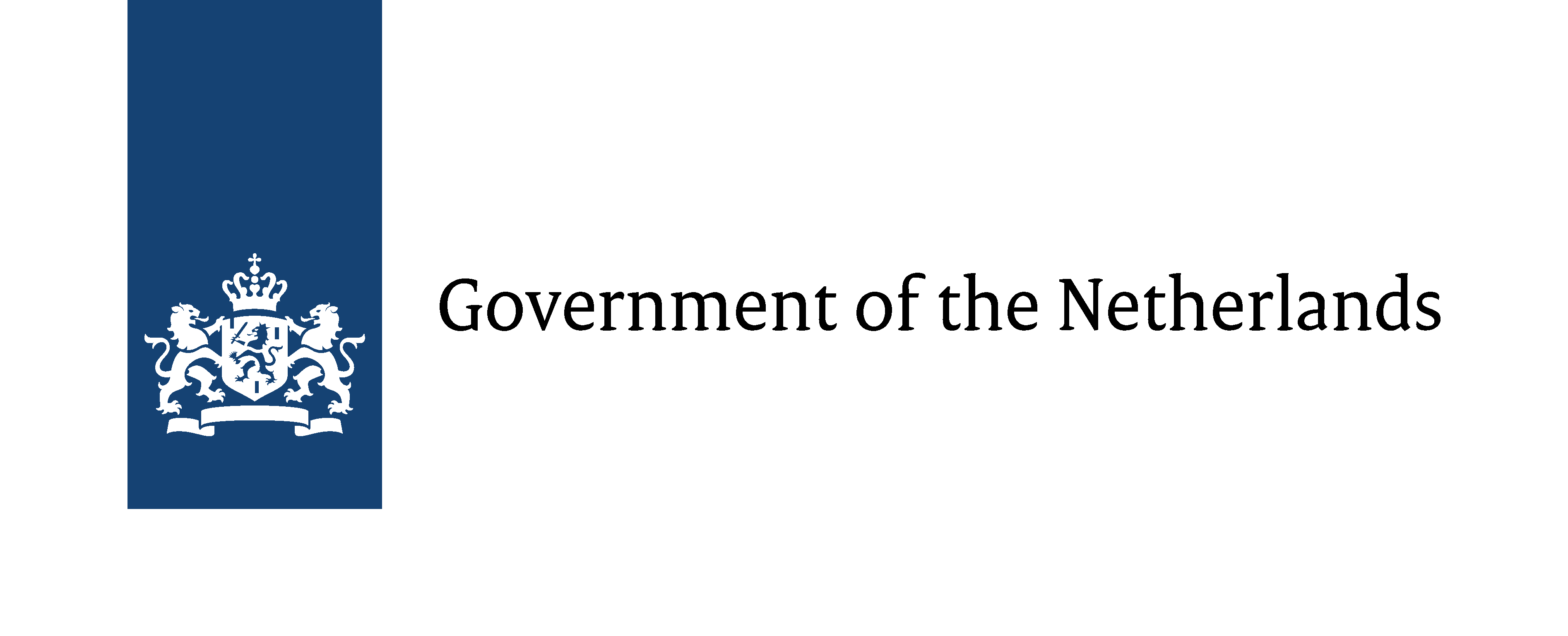
While building on, around and with water, the Dutch also have a long history of battling against the water. As both people and materials needed to be safeguarded, this battle entailed the prevention of water damage caused by hazards such as erosion and floods. For centuries, they have done so with windmills, dikes and defence systems, which now symbolize a type of cultural heritage protecting other forms of cultural heritage. The Dutch relationship between water hazards and flood management has also been visible overseas for centuries.
This expertise was used by the late-nineteenth-century government of Japan to alleviate conditions in its low-lying Nōbi plain in the Aichi Prefecture that was burdened with intense floods. Despite their dependence on water for agricultural irrigation, the farmers of the area required more than mere earthen mounds and simple dikes to fend off the water of the Kiso-Sansen river system. Johannes de Rijke, one the members of the Dutch civil engineering delegation appointed by the Meiji government in 1887, conducted a survey of this river basin. Aimed at mitigating flood damage in the area, De Rijke, along with his Dutch and Japanese colleagues, initiated a complete separation of the three river flows within the greater river system. The project resulted in effective alleviation of flood damage in the lower reaches of the area, along with the establishment of a Flood Control Program that became an essential part of the Meiji water management policy.
Consisting now of three rivers – the Kiso, the Ibi and the Nagara – the *Kiso Three Rivers are part of a national government park, with the Kiso sometimes referred to as the Japanese Rhine, due to its similarities with the European Rhine. A recent symposium in Tokyo revolved around this Dutch expertise and the way this heritage could contribute to possible solutions for the country’s current water hazards. One of the summarizing quotes of the symposium corresponds with this prospect: ‘Water management is an opportunity to create art; the Netherlands and Japan have a lot to learn from each other.’
Project
“Johannis de Rijke Symposium: Dutch Engineering of Sustainable Infrastructure”
This symposium aimed to look at the sustainability of infrastructure projects and collaborations between Japan and the Netherlands in the 21st century. The 19th century water projects of Johannis de Rijke are showcased as starting points of inspiration.

